If you’ve been to any comic, manga, or video game convention within the past twenty years, chances are you’ve encountered some convention-goers masquerading as fictional characters in colorful, creative costumes. What you’re seeing are not amateur actors, untimely trick-or-treaters, or delusional folks going through cartoon-based identity crises. These are passionate fans, dedicated to representing their favorite TV, movie, game and comic book characters. These are cosplayers.
Cosplay, coming from the Japanese term, kosupure (コスプレ), is a portmanteau of the words ‘costume’ and ‘play.’ It’s a growing hobby in which fans create and wear costumes in order to show them off at conventions, enter contests, meet fellow fans, and further embrace their interests in the characters they’re portraying. Though originally the majority of cosplay was devoted to anime characters, the hobby has expanded to include characters from a variety of genres including science fiction thrillers, blockbuster action movies, and even occasionally characters that are entirely made up by the cosplayers themselves. Some are incredibly complex, such as the woman with sword and pink hair pictured on the left below, while some, like that handsome devil on the right, are a tad simpler.
You’d think such a niche hobby would fit wonderfully into the sort of “nerd culture” associated with conventions and pop culture. And yet here’s what Pat Broderick, a popular comic book artist who has worked on such characters as Batman and Captain Marvel, had to say about cosplay via Facebook: “Today’s heads up. If you’re a cosplay personality, please don’t send me a friend request. If you’re a convention promoter and you’re building your show around cosplay events and mega multiple media guests don’t invite me. You bring nothing of value to the shows, and if you’re a promoter pushing cosplay as your main attraction you’re not helping the industry or comics market. Thank you.”
There seems to be a pushback against the hobby, even from some professionals in the comic industry such as Broderick. Broderick goes on to denounce cosplay as “selfies in costume” and as a blatant form of “narcissism” that has been gaining a disturbing amount of support from fans and others in the industry. Complaints such as these put cosplay on the front of a growing conflict between casual and “hardcore” nerds.
A sort of elitism has grown around this conflict, leading to a form of “gatekeeping”–that is, the process by which one group keeps another group out of its culture (Ravishly). Some self-proclaimed “real nerds,” such as blogger Tara “Tiger” Brown, seem eager to draw a distinction between themselves and those they view as “fake,” whom Brown, for instance, calls “Fake Geek Girls.” Tara Brown and those similar to her seem to believe that being a geek is something that must be earned, but that nowadays, people, especially women, want to “pretend” so that people will give them attention. A lot of nerds may feel as though they’ve been persecuted for their hobbies, and thus, feel more protective of those hobbies, taking any bullying they received as badges of honor and viewing those that bring popularity to the hobby as a threat to what makes that hobby unique.
So why is cosplay so tied to this conflict? Well for starters (and returning to the gender issues of the conflict), cosplay is one of the few female-dominated areas of nerd culture. It’s a much easier entry point into the subculture for women who may feel more intimidated going into a comic or game store and being surrounded by mostly men. But the backlash against cosplay also goes beyond gender. Cosplay is an easy way for anyone–male, female, or other–to get involved with geek culture in a casual sense. Video games require skills and money to spend on the tech, comics draw on decades of knowledge and convoluted continuities, but dressing up is easy to get started with if you have a little creativity and can find (or make) a costume. Elitists naturally find themselves against this easy point of entry for casual fans, and assume that cosplayers don’t care enough about the subjects they portray.
To assume cosplayers don’t have the same level of passion as “real fans” or that they’re just in it for the pictures is a gross generalization, however. For this article, I’ve interviewed a few cosplayers to learn about their experiences and wound up finding a wide variety of motivations. Here’s what some of them had to say when asked to talk about what draws them into the hobby and to respond to Broderick’s claims that cosplay adds nothing to the industry and that it’s a form of narcissism:
“Sure it’s nice to take pictures of your own costume and others because they look cool or you’re proud of your work and want to remember it or show it to people who didn’t get to see, but it’s also about the experience while you’re there. . . . It’s also a way to express one’s enthusiasm for a certain work by putting in all the time and effort to get a costume together, so I would think to some artists it would be flattering to have people so excited about wanting to represent a character that they created. . . . For me, I just love the atmosphere of cons. I go to a few panels, but for the most part I like walking around and interacting with all the like-minded people. A convention for a lot of people is a gathering of ‘comrades’ (if you will), and a big meet-up of people who enjoy the same things. Having cosplay is just another way for people to come together over the things they all love.” —Mackenzie Stricklin (on the left) cosplaying as Misty from Pokemon
“For me personally, it’s that I get to be someone I’m not usually. When I cosplay, I get to place myself within the context of a world and a character, which I deeply admire, and it’s also a lot of fun during the creative process too. Part of my enjoyment is being able to construct a costume for myself and be able to watch it come together and look fantastic when I’m done.” —Leigh Parrott cosplaying as Black Rose from .Hack
“Creating a costume feels like an achievement when it’s done, and something fun to do in my free time while it’s being made. Usually the only people who get what I am are my friends, so when someone I don’t know recognizes it, it makes me feel happy, like I’m not an outsider. That’s why I want to go to more conventions. At Katsucon the Crunchyroll booth had a camera feed livestreaming on their website where the people at the con could see what comments the viewers were making, and when I stepped in front of it as Kurisu, a whole bunch of comments on it started coming through and I felt so proud and recognized. It’s a feeling I don’t have too often, so it’s really nice.”–Megan Hansen cosplaying as Kurisu Makise from Steins;Gate
At the end of the day, most cosplayers like to dress up for the same reasons comic fans read comics, gamers play games, and TV and movie fans tune in to watch shows and films: because it’s fun and they get to be a part of something greater than themselves. To respond to Broderick and other naysayers, what cosplay brings to “the industry” is both a new way to enjoy pop culture and a hoard of fresh new fans who may have previously missed out on the nerd subculture. There’s no reason to exclude fans of any kind, and artists, writers, and their followers aren’t doing any worse from a little extra attention. At the risk of sounding too preachy, perhaps what fans and creators who consider themselves more hardcore than others need to wrap their heads around is that they do not, and cannot exclusively own the right to enjoy any form of genre or media.
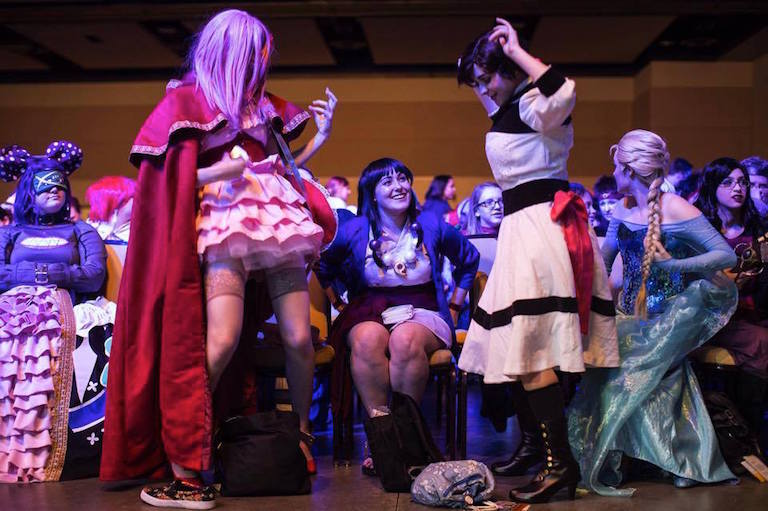
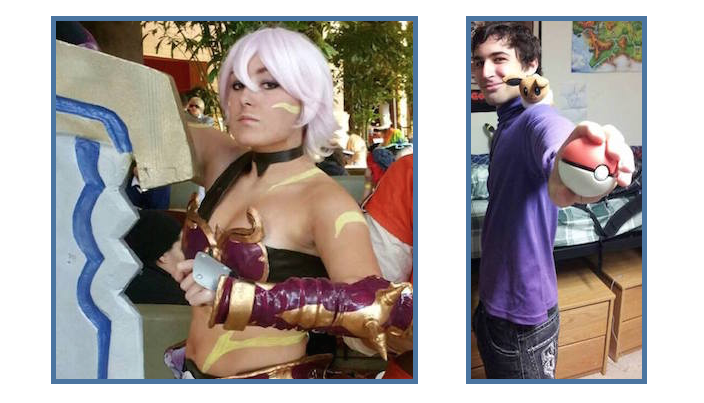
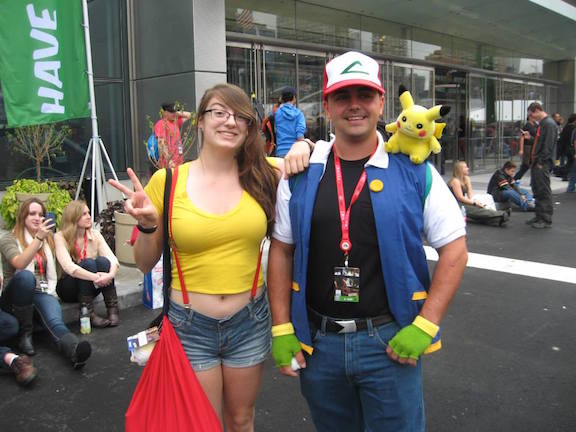
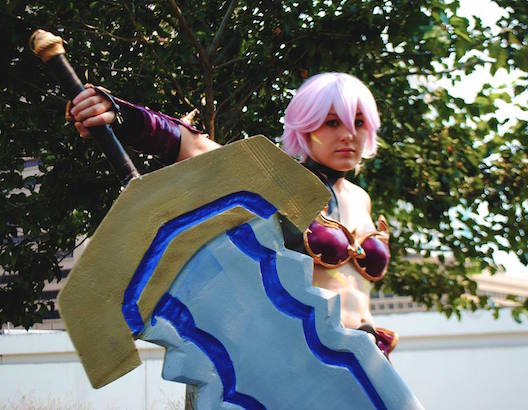
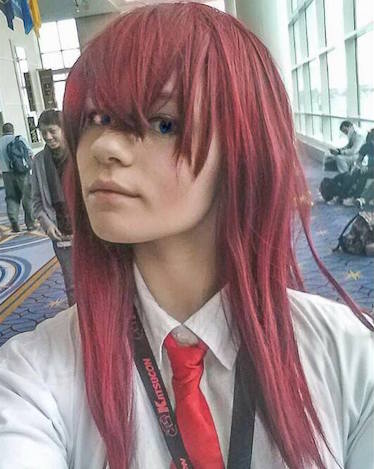
Recent Comments